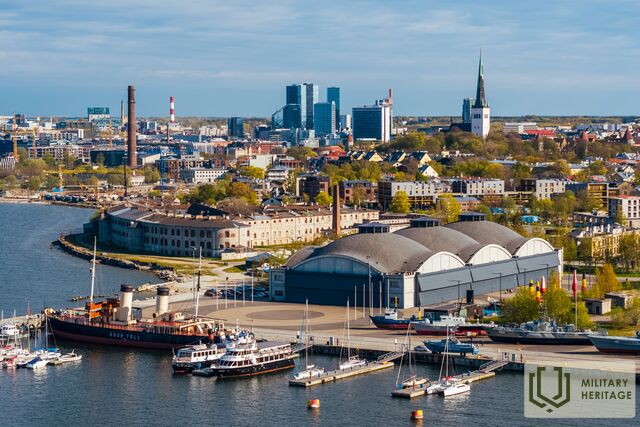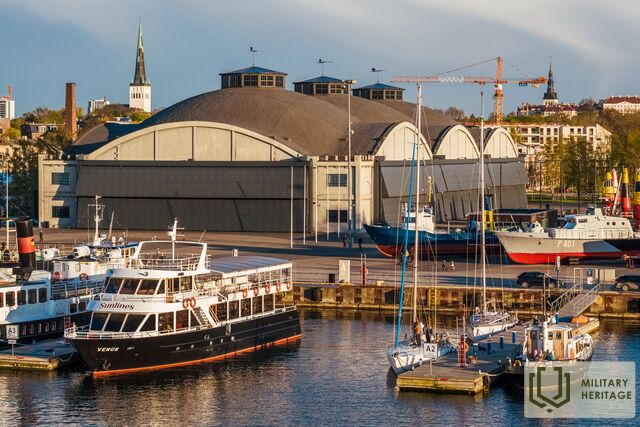Seaplane Harbour Museum

The Seaplane Harbour is situated on the water’s edge in the Kalamaja district of Tallinn.
It was commissioned during World War I by Russian Emperor Nicholas II as part of Peter the Great's Naval Fortress. The museum, based in the historic seaplane hangar, has around 200 original exhibits on display: the submarine Lembit, the 100-year-old icebreaker Suur Tõll, the seaplane Short 184, the oldest Estonian shipwreck, mines, cannons and more. Temporary exhibitions complement the main exhibition. The seaplane hangar is architecturally unique: its domed roof was one of the first thin concrete shell structures of its kind.
The museum’s programmes and materials for individual visits are fun and educational for adults and children alike.
Used sources and references:
https://meremuuseum.ee/lennusadam/
Educational programs
Hell on the Baltic Sea
The aim of the museum lesson is to introduce the evacuation of Tallinn and the events that preceded and followed it in the midst of World War II. The museum lesson opens up the context of the events of World War II, the events preceding the Juminda mine battle and the alternation of occupations. The story of the museum lesson is built on the memories of people who participated in the Juminda mine battle. The work of cultural figures who evacuated to the Soviet Union during the occupations is also discussed, supporting knowledge of art, literature and music history.
The hard choices of the boat escapees of 1944
During the program, the journey of five II MS refugees from their home beach to the refugee camp will be experienced. Together, they look for a carrier and apply for refugee status in Sweden or Germany. Everyone has to tap their conscience and, if necessary, slip a little to pass the screening and get permission to stay in the camp. Because repatriation can be fatal...
A story within a story: life on a submarine
The aim of the museum lesson is to introduce the story of the submarine Lembit, the development of submarines and life on a submarine. We will take a time trip to the end of the 1930s, when the adventures of the submarine Lembit are intertwined with a pivotal period for the Estonian state. We will discuss the impact of science and technology on human activity. We will study the history of submarine navigation in general, as well as that which is directly related to Estonia. Students will learn about the operations in which Lembit participated, and younger students will focus on life on the most famous Estonian submarine. In grades 1–6, the activities are more playful: students learn about the history of Lembit and the events that took place in Estonia at the same time through a game. With students in grades 7–12, we will also discuss in more depth the topics of national defense in history and today: the important events of the creation, formation, loss and restoration of the Estonian state through the story of Lembit.


























